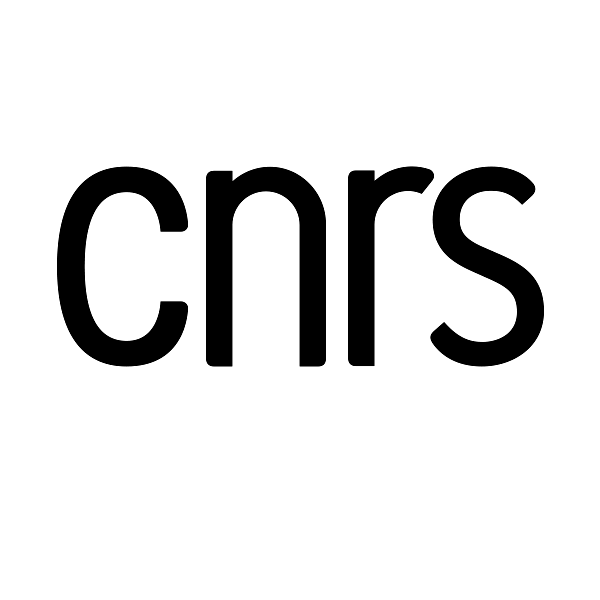Le 30 juin 2017
de 15h00 à 15h30
Le Patio (université de Strasbourg)
22 rue René Descartes, 67000 Strasbourg
amphithéâtre 4
Séance précomposée - Analyzing Mozart's Operas: External Stakes, Intrinsic Challenges
Pré-acte / Acte
Auteur : Graham Hunt
This paper refines and adapts some of Nathan John Martin’s “aria-sonata” types by placing them in dialogue with Hepokoski and Darcy’s sonata-types. In doing so, it makes three important adjustments to the instrumental sonata-form definitions, based on the tendencies found in a corpus study of operatic numbers (arias as well as duets, trios, ensembles, etc.) composed between 1760 and 1810. These refinements include: absent or rhetorically weak transition sections, “middle sections” instead of fuller development sections, and the possibility for “replacement subordinate themes” in the recapitulation (often related to a change in emotion and/or dramatic circumstances). This study is by no means an attempt to pigeonhole operatic forms into instrumental forms; rather, it seeks to adjust the norms within Hepokoski and Darcy’s sonata types based on a survey of Mozart, Haydn, and Beethoven’s operas. Once general formal syntactic characteristics are established, we can examine how operatic numbers are both in dialogue with, and/or deviate from these norms, and why they might deviate in connection with the operatic text. In short, I feel that previous terms used to describe Mozart and Haydn’s operatic forms, such as “ternary plus tonal return,” “sonata-ternary” or “rondò” undercut these forms’ undeniable connections with instrumental forms, particularly since there are many clear examples of sonata forms in Mozart and Haydn’s early operas. This paper strives to rectify this by first establishing the parameters of “aria-sonata” forms, and then exploring representative examples from the Classical operas of Mozart, Haydn, and Beethoven.








